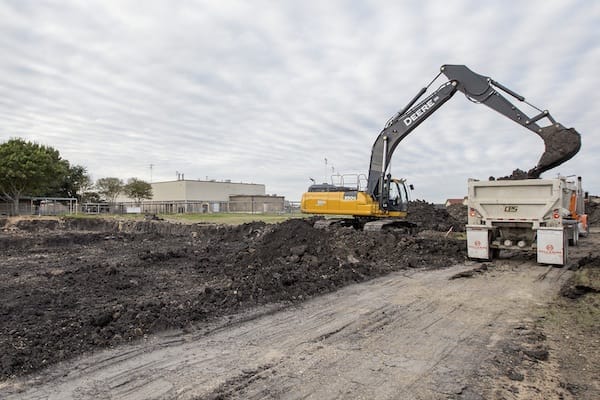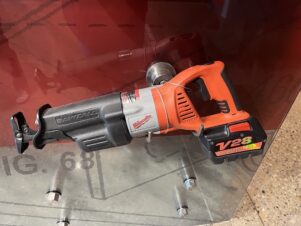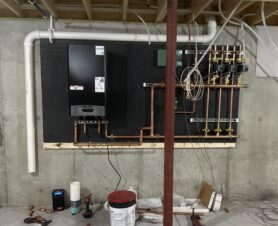Excavating building sites is extremely challenging as there are plenty of risks that present themselves. There are many reasons you may need to excavate or create trenches. It’s done to help fit foundations when constructing houses, and it is also used when installing new piping systems or underground wiring.
Whatever the reason for your excavation work, safety should be a top priority.
How can you reduce the risks when conducting this type of work? To start, you must be aware of some of the biggest concerns:
Trenches collapsing
As you excavate, there is the worry that the trench you make will collapse in on itself. This is extremely concerning as it can cause injuries to any workers currently inside the trench. It usually happens when excavating on certain types of soil, or when you’re on uneven ground with a slope.

Hitting underground utility lines
Naturally, as you dig underground to create your trench, there is the issue of utility lines. You may dig directly into a gas line or an electricity line, which would cause massive safety issues for your workforce and anyone nearby – especially if you cause a gas leak. It is not beyond the realms of possibility to hit a gas line and cause a fatal explosion.
Likewise, you may hit the water supply, causing a flood in your trench that may lead to all sorts of safety worries.
What’s the solution for safer excavation?
Fundamentally, we need to take a two-pronged approach. In the beginning, the focus is on mitigating these sorts of risks before they happen. A good way of doing this is through numerical modelling. This is a type of software that can provide models of the ground and predict how it will react when excavating. As a result, this allows you to see if cave-ins are likely or not, adjusting the way you excavate until the model shows it will be okay.
Similarly, using scanning technology will help you detect what is underground, preventing instances when you dig through and strike utility lines. Already, these two technologies will help you prevent big safety issues when excavating.
The second approach is to focus on what you can do to ensure your workers remain safe. This will include having clear exit points for them in the trenches, such as ladders. It will help them get out of harm’s way quickly if there’s water or a cave-in. Everyone should also wear the correct protective equipment throughout the excavation to further prevent injuries.
In conclusion, excavation work is always dangerous. The nature of the job means you will see numerous risks no matter where you are excavating. Consequently, it is imperative that you take actionable steps to reduce these risks. Cave-ins and utility line issues are the two biggest problems you are likely to face. Utilizing modern technology can help you prevent both from occurring, making your job a lot safer. At the same time, always keep your workers safe by ensuring they wear the right equipment and can easily get in or out of the trenches.




Join the conversation: